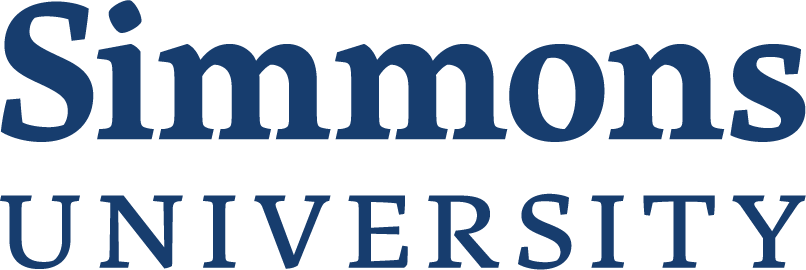Ancestors & Acquisitions – My Genealogical Internship
Posted February 23, 2015 by Alexandra Bernson
There is such a difference between learning the theory behind everything we study here and actually putting those theories to good use. As I am currently enrolled in LIS438 (Introduction to Archives), I have the fortune of spending a few hours each week at the New England Historic Genealogical Society in Boston, Massachusetts.
Before I go into my work there, I want to encourage all of you to visit the NEHGS. While my work there will definitely keep me busy, I plan on returning to this organization and looking into my own family tree. While parts of my family are very new to the United States, there is so much to discover and explore. The librarians, genealogists, and researchers that work at the institution from Tuesday to Saturday each week are incredibly kind, knowledgeable, and helpful. The society’s collections include published genealogies, manuscripts, maps, art… and not just from New England. One floor is dedicated to European materials, while their general reference and microfilm collections include materials from New York, the Mid-Atlantic, and the Midwest. If you aren’t located in the New England area, I hope that you look into your own local historical society or genealogical society. Knowing where we came from can only assist us in where we are going.
Though I’ve only spent one day at my new internship, my time at the NEHGS promises to be anything but a copies-and-coffee type of position. I have a relatively recent acquisition all to myself, and it is my job to process and describe the collection in full. I haven’t been able to go through the entire collection just yet, but the half that I was able to go over left me hungry for more. The items range from a 1700s account book which once belonged to Nathan Dickinson (a possible relation to Emily) to extravagantly decorated bonds and shares owned by a 19th century American businessman to a few Valentines from the 1800s. What excites me the most, however, were a few different series of personal correspondence. The first is unfortunately all in French (unfortunate solely because I do not speak it) but appears to be written to the donor’s great-grandmother from a Belgian soldier during World War I. How curious and almost sad these letters seemed to me. Perhaps I’m a Romantic, but I couldn’t help but get carried away in their potential story… how does a young American woman find herself writing in French to a young Belgian soldier at the turn of the century? It’s clear from the rest of the collection that they did not get married – was this soldier her first love? Or maybe their letters were simply a chance correspondence, a product of some sort of pen pal program? I wish I could read these letters, but at the same time, I love the sense of mystery that these letters contain.
The second set of correspondence is much more accessible, both because the writers are English-speakers from 1940s Massachusetts and because both sides of the correspondence are present. The eventual husband and wife, college students at MIT and U Mass Amherst respectively, wrote to each other from the very start of their relationship, recording their first declaration of love to their first fights and eventually to the man’s enlistment in the U.S. Army during World War II. I can’t help but feel affectionate for this young couple, especially when the man writes “Don’t ever forget how much I love you” at the end of all of his letters.
It’s these letters, the signatures, the to-do lists and other everyday items from ordinary people that initially interested me about archives. These are new stories, not about great men or other famous people. These are the stories that the rest of us ordinary people live, and they also deserve to be told. So beware: you might be reading a whole lot about this young couple in the future… and perhaps a certain Belgian soldier, if I can find someone who reads French!
